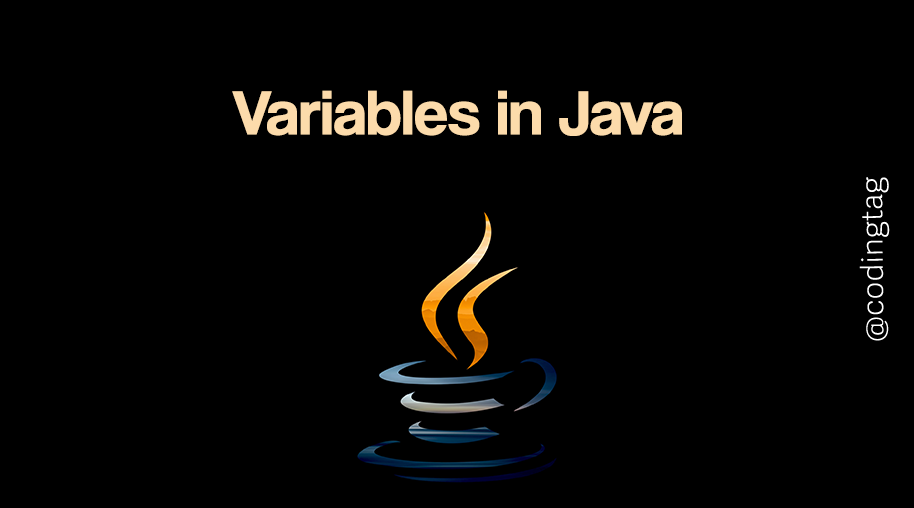Wrapper Classes in Java
0 582
What are Wrapper Classes in Java?
In Java, wrapper classes provide a way to use primitive data types like (int, double, boolean, etc.) as objects. Since primitives are not objects, wrapper classes wrap these primitives inside an object so they can be used where objects are required, such as in collections like ArrayList.
Why do we need Wrapper Classes?
Java is an object-oriented language, and many APIs work with objects. However, primitives are not objects, so wrapper classes come to the rescue by allowing primitive data types to be treated as objects. This helps with:
- Storing primitive values in collection classes (e.g.,
ArrayListonly works with objects) - Using utility methods provided by wrapper classes
- Performing conversions between strings and primitive values
List of Wrapper Classes
Here’s a quick list of Java primitive types and their corresponding wrapper classes:
int→Integerdouble→Doublechar→Characterboolean→Booleanbyte→Byteshort→Shortlong→Longfloat→Float
Autoboxing and Unboxing
Java automatically converts between primitives and their wrapper objects through a feature called autoboxing and unboxing.
Autoboxing is the automatic conversion of a primitive to its wrapper object, while unboxing is converting the wrapper back to a primitive.
Example:
Integer wrappedInt = 10; // Autoboxing: int → Integer
int primitiveInt = wrappedInt; // Unboxing: Integer → int
Commonly Used Methods in Wrapper Classes
Wrapper classes come with useful methods. Here are some popular ones:
parseXxx(String s)— converts a string to a primitive (e.g.,Integer.parseInt("123"))valueOf(String s)— converts a string to a wrapper object (e.g.,Boolean.valueOf("true"))toString()— converts the wrapper object to a string
Example:
String numberStr = "50";
int num = Integer.parseInt(numberStr); // converts string to int
Boolean flag = Boolean.valueOf("true"); // converts string to Boolean object
String str = num + ""; // converts int to string (simple concatenation)
Why Not Just Use Primitives?
Primitives are more efficient in terms of memory and performance, so it’s best to use them when you don’t need object features.
However, wrapper classes are essential when:
- You need to store data in Java Collections like
ArrayList,HashMap, etc. - You need to call methods that require objects
- You want to use built-in utility methods
Example: Using Wrapper Classes in Collections
Here’s an example showing why wrapper classes are necessary with collections:
import java.util.ArrayList;
public class WrapperExample {
public static void main(String[] args) {
// ArrayList cannot hold primitives directly
ArrayList numbers = new ArrayList<>();
// Autoboxing converts int to Integer automatically
numbers.add(5);
numbers.add(10);
// Accessing values (unboxing happens automatically)
int first = numbers.get(0);
System.out.println("First number: " + first);
}
}
Summary
Wrapper classes in Java provide an object representation for all primitive types. They enable primitives to be used where objects are required, facilitate autoboxing/unboxing, and offer utility methods for conversions and manipulations.
While primitives are more lightweight, wrapper classes are essential when working with collections or APIs that demand objects.
If you’re passionate about building a successful blogging website, check out this helpful guide at Coding Tag – How to Start a Successful Blog. It offers practical steps and expert tips to kickstart your blogging journey!
For dedicated UPSC exam preparation, we highly recommend visiting www.iasmania.com. It offers well-structured resources, current affairs, and subject-wise notes tailored specifically for aspirants. Start your journey today!

Share:






Comments
Waiting for your comments